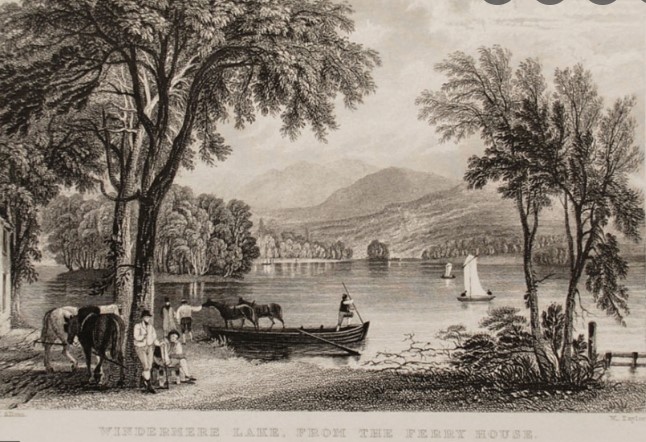
The Tourist’s New Guide
Containing a Description of the Lakes, Mountains, and Scenery, in Cumberland, Westmorland, and Lancashire, with Some Account of Their Bordering Towns and Villages. Being the Result of Observations Made During a Residence of Eighteen Years in Ambleside and Keswick (1819)

A popular lake described in many Regency era travel guides, Windermere would become a bustling tourist town with the arrival of the railways in the mid 1800s (Windermere and Bowness | Cumbria County History Trust). Guidebooks from the early 19th century, however, describe it for its unparalleled beauty and vistas, boating and fishing adventures, and many excursions to explore and recreate.









